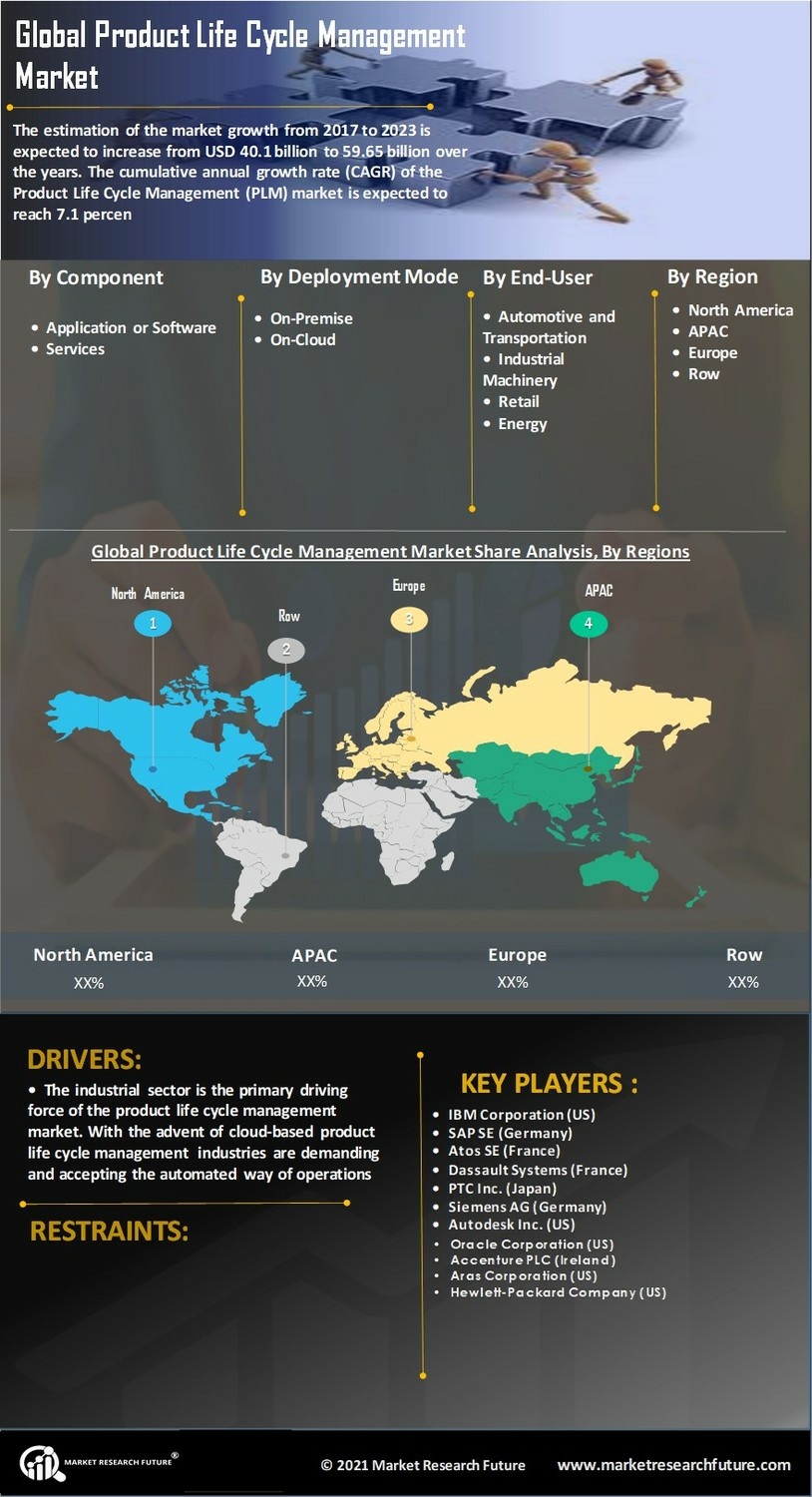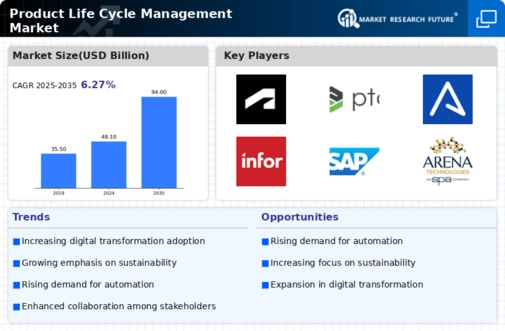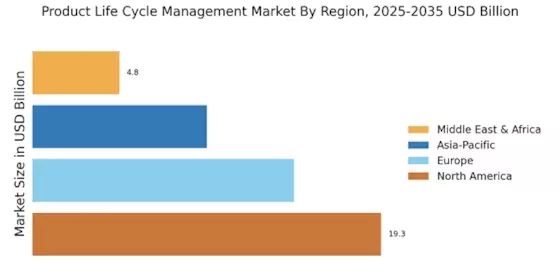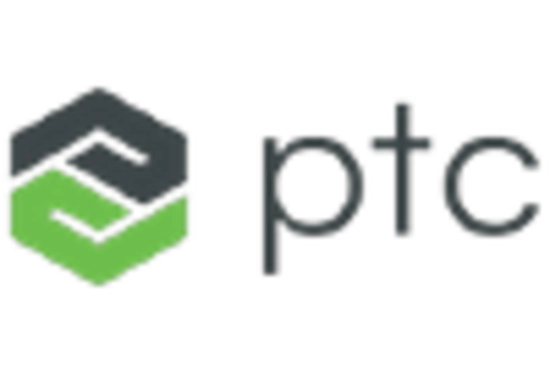Growing Importance of Data Analytics
Data analytics is becoming increasingly vital in the Product Life Cycle Management Market. Organizations are leveraging data-driven insights to make informed decisions throughout the product lifecycle, from conception to retirement. The integration of advanced analytics tools within PLM systems enables companies to analyze market trends, customer preferences, and product performance metrics. This analytical capability can lead to improved product design, enhanced customer satisfaction, and optimized resource allocation. As businesses continue to recognize the value of data in driving innovation, the demand for PLM solutions that incorporate robust analytics features is expected to rise. Consequently, the Product Life Cycle Management Market is likely to evolve, with a focus on providing comprehensive data analytics capabilities to support strategic decision-making.
Adoption of Cloud-Based PLM Solutions
The Product Life Cycle Management Market is witnessing a significant shift towards cloud-based PLM solutions. This transition is driven by the need for flexibility, scalability, and cost-effectiveness in managing product data and processes. Cloud-based PLM systems allow organizations to access critical information from anywhere, facilitating remote collaboration and real-time updates. Recent statistics indicate that the cloud-based PLM segment is expected to grow at a compound annual growth rate of over 15% in the coming years. This growth is attributed to the increasing number of small and medium-sized enterprises adopting PLM solutions to enhance their operational efficiency. As businesses recognize the advantages of cloud technology, the Product Life Cycle Management Market is likely to expand further, offering innovative solutions tailored to diverse industry needs.
Increased Focus on Regulatory Compliance
In the Product Life Cycle Management Market, there is an increasing emphasis on regulatory compliance across various sectors. Companies are required to adhere to stringent regulations regarding product safety, environmental impact, and quality standards. This has led to a growing need for PLM solutions that can help organizations manage compliance documentation and processes effectively. The market for PLM solutions is projected to grow as businesses seek to mitigate risks associated with non-compliance, which can result in significant financial penalties and reputational damage. Furthermore, the ability to track and manage compliance throughout the product lifecycle enhances transparency and accountability, making PLM systems indispensable for organizations aiming to maintain their market position.
Emphasis on Collaborative Product Development
Collaboration is increasingly emphasized in the Product Life Cycle Management Market, as organizations recognize the benefits of working together across departments and geographical locations. The rise of remote work and distributed teams has necessitated the development of PLM solutions that facilitate seamless collaboration. By integrating communication tools and shared platforms, PLM systems enable teams to work together more effectively, reducing silos and enhancing innovation. This collaborative approach can lead to faster problem-solving and improved product outcomes. As companies strive to enhance their competitive edge, the demand for PLM solutions that support collaborative product development is expected to grow. The Product Life Cycle Management Market is thus likely to see a surge in offerings that prioritize teamwork and connectivity.
Rising Demand for Efficient Product Development
The Product Life Cycle Management Market is experiencing a notable increase in demand for efficient product development processes. Companies are striving to reduce time-to-market and enhance product quality, which necessitates the adoption of PLM solutions. According to recent data, organizations that implement PLM systems can achieve up to a 30% reduction in product development time. This trend is driven by the need for businesses to remain competitive in rapidly evolving markets. As a result, the Product Life Cycle Management Market is witnessing a surge in investments aimed at streamlining product development workflows and improving collaboration among teams. The integration of PLM tools facilitates better project management, resource allocation, and communication, ultimately leading to more innovative and market-ready products.


















Leave a Comment